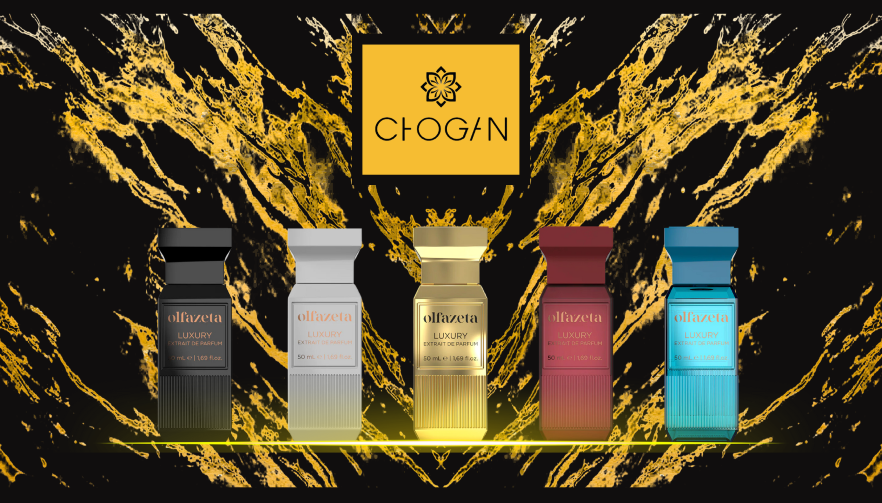Summer brings sunshine, long days, and outdoor adventures—but for many people, it also brings an unwelcome guest: acne. The combination of heat, humidity, and sweat can wreak havoc on the skin, especially for those prone to breakouts. Understanding how these seasonal factors affect the skin is the first step toward preventing flare-ups and keeping your complexion clear throughout the warmer months.
When temperatures rise, your body naturally produces more sweat to cool itself down. While sweating is a healthy and essential process, it can also create the perfect environment for summer acne to thrive. Sweat mixes with excess sebum—your skin’s natural oil—and dead skin cells, clogging pores and creating a breeding ground for bacteria. Add in sunscreen, makeup, and pollution, and you have a recipe for blocked pores and inflammation. For those with oily or combination skin, this becomes an even greater challenge, as sebaceous glands are more active in hot, humid weather.
One of the main culprits behind summer breakouts is friction combined with moisture. Think of the areas where sweat tends to accumulate—along the hairline, back, chest, and even under clothing straps. When tight clothes, hats, or sports gear rub against damp skin, it leads to irritation and clogged pores, a condition often referred to as “acne mechanica.” This type of acne is especially common among athletes and people who spend long hours outdoors. To minimize this, it’s crucial to wear breathable, loose-fitting clothing and to shower as soon as possible after physical activity.
But sweat isn’t the only problem. Heat itself can alter the way your skin behaves. Warm temperatures cause blood vessels to dilate, which increases circulation and may trigger your oil glands to go into overdrive. The result? A shiny T-zone, a greasy feel, and more opportunities for pores to become blocked. The key to managing this is not to strip your skin dry—doing so can backfire, as dehydrated skin produces even more oil to compensate. Instead, focus on balance. Using lightweight, non-comedogenic products designed for oily or acne-prone skin can help regulate sebum production without over-drying.
This is where targeted skincare, such as Sebium purifying care, comes in. Products formulated with purifying agents and sebum-regulating ingredients can help maintain clear pores and reduce the formation of new blemishes. Cleansing twice a day is essential—once in the morning to remove excess oil produced overnight, and once in the evening to wash away sweat, sunscreen, and pollutants accumulated during the day. A gentle foaming cleanser with zinc or salicylic acid can keep pores clean without irritating the skin barrier.
Sunscreen, often misunderstood in the context of acne, is another crucial element. Some people avoid SPF for fear that it will clog their pores, but skipping sun protection only worsens the problem. UV exposure increases inflammation and can darken acne marks, making them more noticeable and slower to fade. The trick is to choose an oil-free, non-comedogenic sunscreen specifically made for oily skin. Many modern formulations provide broad-spectrum UVA and UVB protection without the greasy residue of traditional sunscreens.
Another important step in preventing sweat and breakouts is maintaining proper hygiene. Change your pillowcases frequently, avoid touching your face with sweaty hands, and resist the urge to wipe your face repeatedly with towels or tissues. Each of these actions can transfer bacteria and irritate the skin further. Instead, gently blot away sweat with a clean cloth or tissue, and use a mattifying spray or toner to refresh your complexion without stripping it.
Hydration also plays a key role. Many people assume oily skin doesn’t need moisturizer, but dehydration can trigger the skin to produce even more oil. Opt for a light, gel-based moisturizer that replenishes hydration without adding shine. Look for ingredients like glycerin or hyaluronic acid, which help balance moisture levels and support the skin barrier against environmental stressors.
Diet and lifestyle should not be overlooked, either. During summer, the temptation to indulge in sugary drinks and processed snacks is strong, but these foods can exacerbate inflammation and contribute to acne. Staying hydrated with water and eating antioxidant-rich foods—like fresh fruits, vegetables, and omega-3 fatty acids—can support clearer skin from the inside out.
If breakouts persist despite good skincare habits, it might be time to consult a dermatologist. Sometimes, hormonal fluctuations or deeper skin issues can mimic or worsen seasonal acne, and a professional can help tailor a treatment plan that addresses your specific needs.
To complete your summer skincare ritual, add a light spritz of perfume Yara—its soft, creamy floral notes evoke freshness and confidence, perfectly matching the feeling of clean, balanced skin. Just like the right skincare routine, the right fragrance can elevate your mood and enhance your glow, making every day feel effortlessly radiant.
In the end, managing summer acne is about maintaining consistency and balance. The goal isn’t to fight your skin, but to work with it—understanding that oil and sweat are natural responses to heat. With the right cleansing routine, lightweight hydration, and targeted treatments like Sebium purifying care, it’s possible to keep your complexion clear and comfortable all season long. Remember, summer skin should glow, not shine with oil or frustration. By staying mindful of how your skin reacts to the changing environment, you can enjoy the sunshine without worrying about the breakouts that often come with it.

